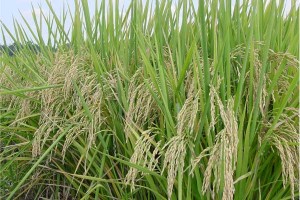Scientists at University of Adelaide in Australia are developing a technology based on computer imaging to better understand growth patterns of cereal grains and improve their yields under various conditions. The project involves a collaboration among computer scientists and plant physiologists at the university, with a German computer-imaging company.
The team aims to develop technology that can estimate yields of potential new cereal varieties well before harvesting. The technology uses multiple images of plants as they grow, to build computerized 3-D models. These 3-D models match the changing shape of the plants as they grow with their biological properties, which the researchers expect will help predict yield.
One objective of the research is to be able to predict the plant’s yield much earlier in the growing process. “We want to be able to predict yield based on a collection of measurable plant attributes early in the plant’s lifespan,” says Anton van den Hengel, director of the university’s Australian Centre for Visual Technologies, “rather than having to wait for the plant to mature and then measuring the yield.”
The university expects to incorporate this image-based analysis into the its Plant Accelerator, a facility for analyzing plant growth and functions using advanced imaging, among other technologies. The image-based approach would make it possible to analyze large numbers of plants’ potential yields under various growing conditions, such as high salinity or drought brought on by climate change.
The company LemnaTec GmbH in Wuerselen, Germany supplies equipment used at the Plant Accelerator, and will help commercialize the technology. The company provides high-throughput scientific imaging, specializing in plant breeding and phenotyping.
Read more:
- Project Seeks Potatoes Resistant to Climate Change
- Study Highlights Crop Regions At Risk from Climate Change
* * *


 RSS - Posts
RSS - Posts
You must be logged in to post a comment.